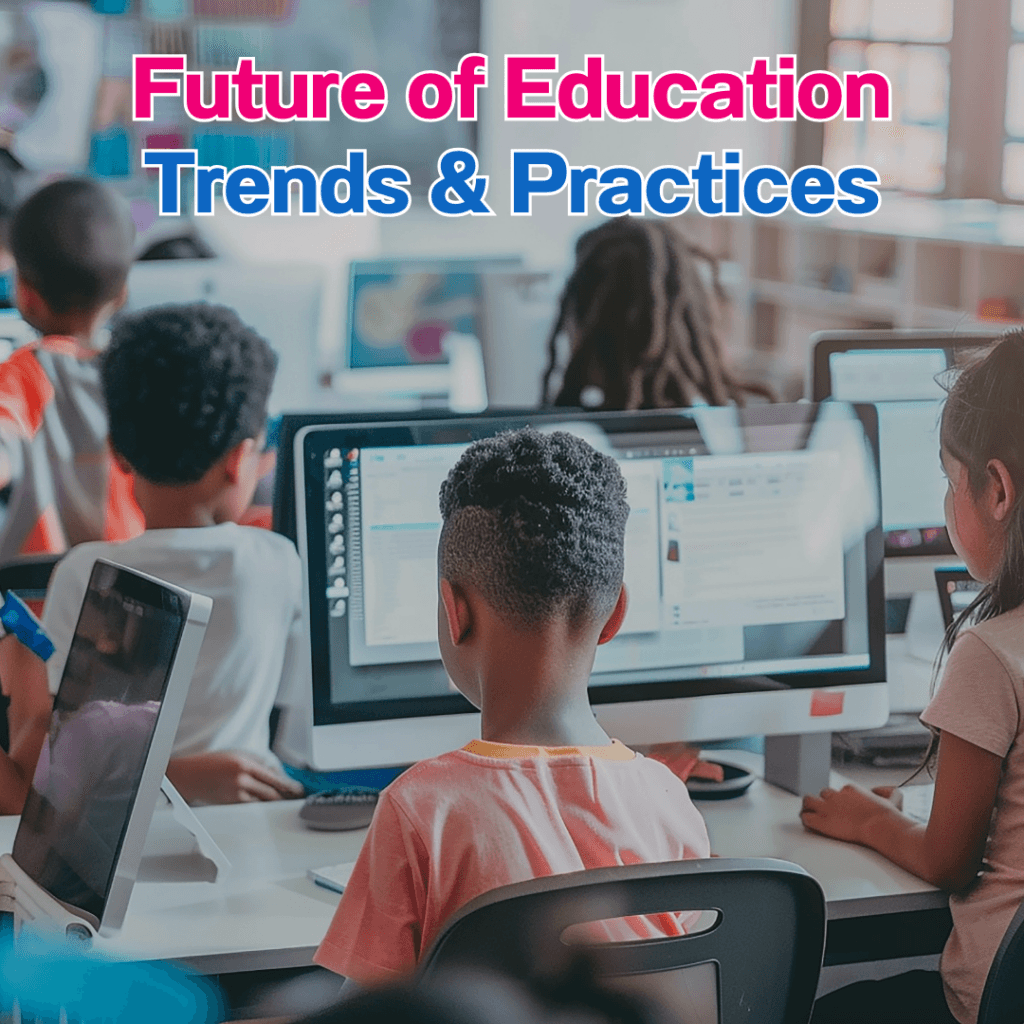
Education is changing fast. With new ideas and technologies, the way we teach and learn is being reshaped. Today, we’re going to look at some of the hottest trends in education that are making classrooms more exciting and effective.
Project-Based Learning (PBL): Learning by Doing
Project-Based Learning (PBL) is one of the most exciting trends in education. Instead of sitting through long lectures, students engage in hands-on projects that challenge them to solve real-world problems. Whether they’re designing a website or building a model for a science project, students are actively involved in learning.
Why it works:
PBL makes learning more meaningful because students get to see the real-world impact of their work. It also promotes teamwork, problem-solving, and critical thinking—all important skills for the future.
Learning Real-Life Skills: Financial Literacy, Entrepreneurship, and Leadership Skills
As the world becomes more complex, it’s essential that students acquire real-life skills that will help them navigate adulthood and succeed in their careers. Modern education is now placing greater emphasis on teaching skills like financial literacy, entrepreneurship, and leadership, all of which are crucial for success in today’s world.
● Financial Literacy: Understanding how money works is crucial. Students learn to manage finances, create budgets, save, and invest—skills that help them avoid debt and build financial stability in the future.
● Entrepreneurship: Thinking like an entrepreneur allows students to identify opportunities, take risks, and solve problems. It nurtures creativity, innovation, and resourcefulness—skills that apply to any career.
● Leadership Skills: Leadership is about inspiring others, making decisions with integrity, and collaborating effectively. By learning these skills, students become confident, responsible leaders who can drive positive change.
Why it works:
These skills are not only practical—they are fundamental to success in the modern world. Financial literacy, entrepreneurship, and leadership prepare students for both their professional and personal lives. By integrating these real-life skills into the classroom, we help students build a strong foundation for making smart decisions, seizing opportunities, and becoming proactive leaders in their communities and careers.
Student-Centered Approaches: Putting Students in Control
Traditional classrooms often focus on the teacher delivering information, but student-centered approaches flip this model. Here, students take charge of their own learning. They explore topics that interest them, ask questions, and collaborate with peers.
Why it works:
This method promotes independence and encourages students to be active participants in their education. It helps develop leadership and problem-solving skills that will serve them well in the future.
Conclusion:
Education is changing, and these trends are shaping the future. By embracing strategies like Project-Based Learning (PBL), focusing on real-life skills such as financial literacy, entrepreneurship, and leadership, and using student-centered approaches, we can create classrooms that inspire creativity, critical thinking, and the development of skills needed for success in the real world.
Learn more about other skills students need in our Mastering 21st Century Skills Blog